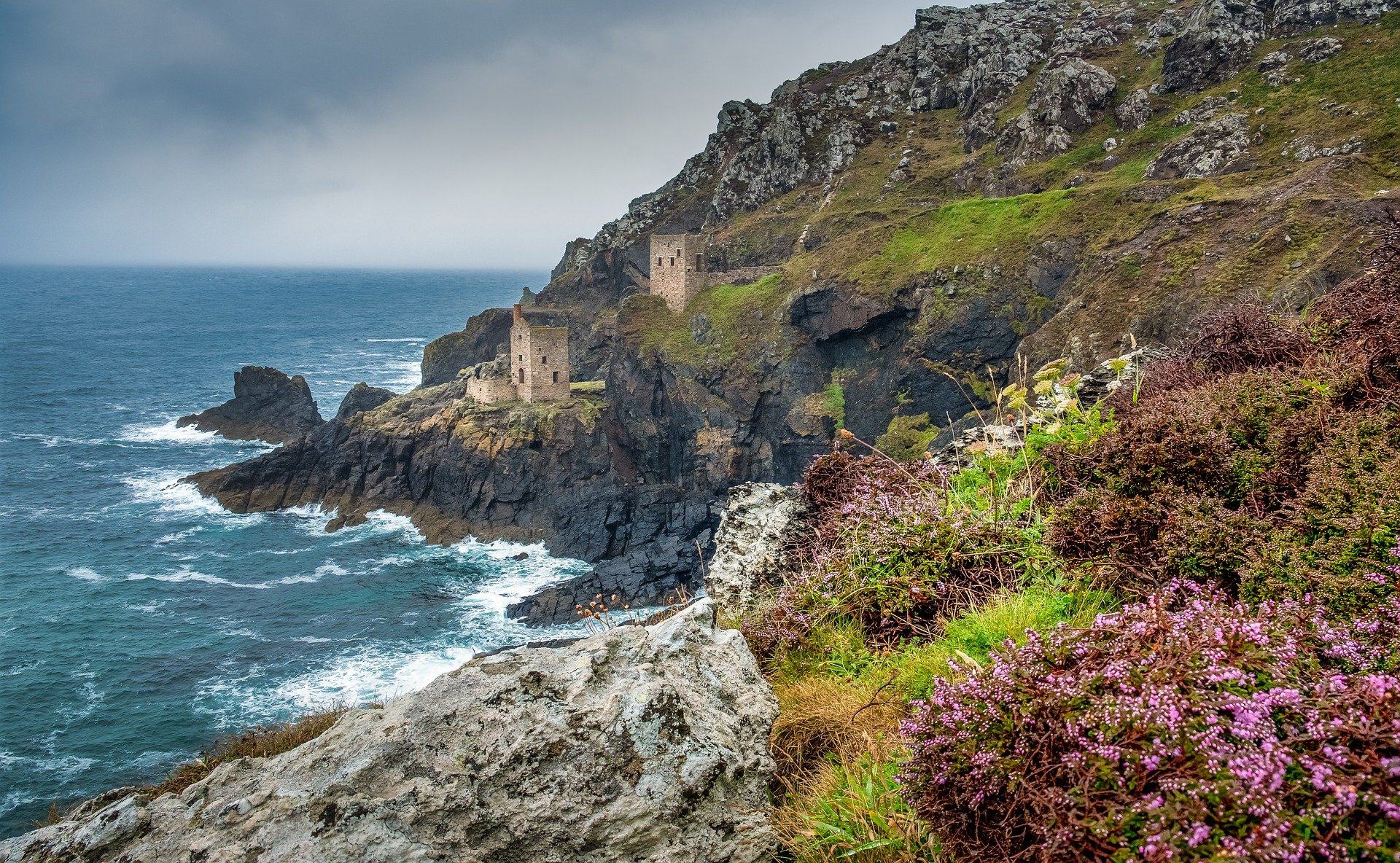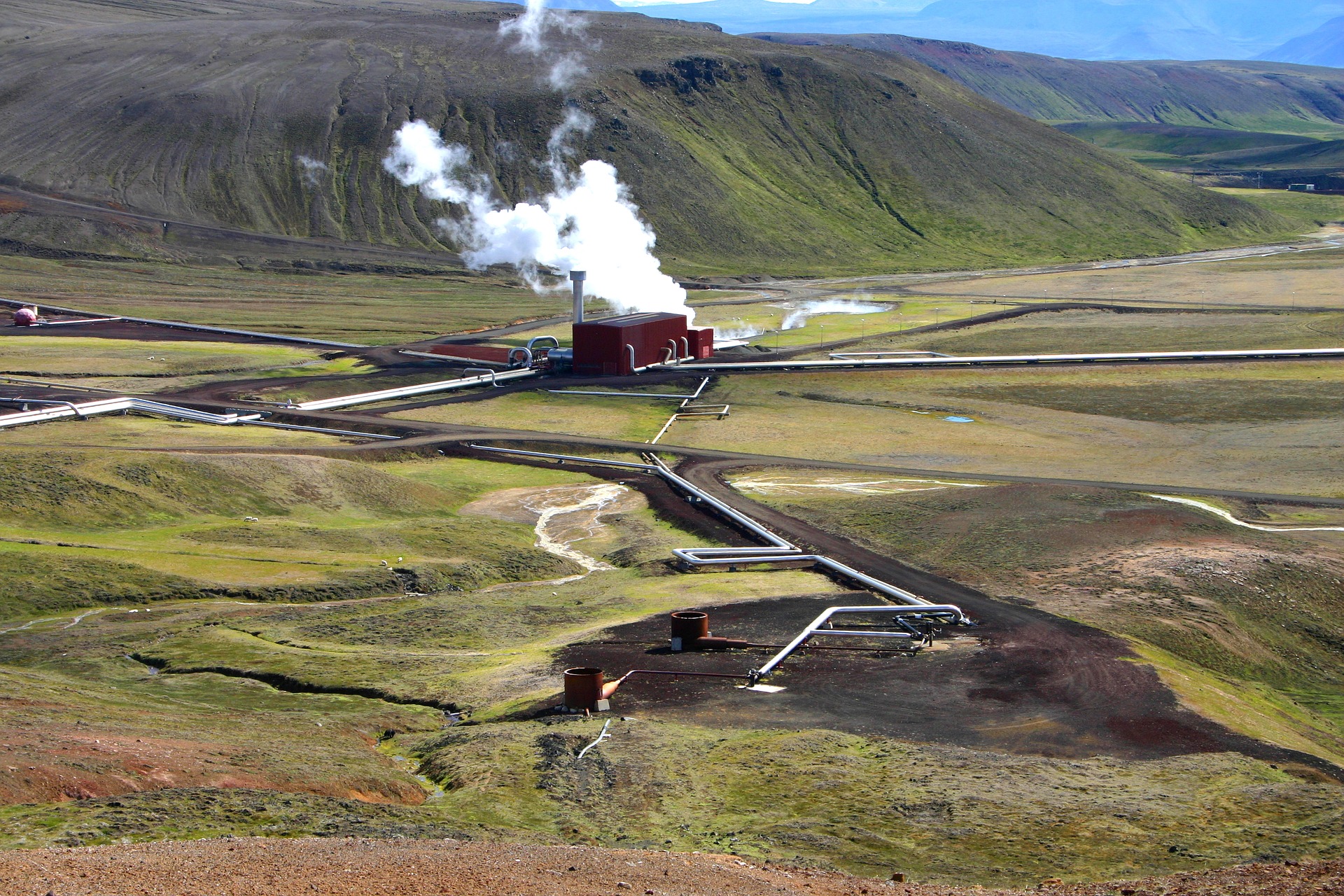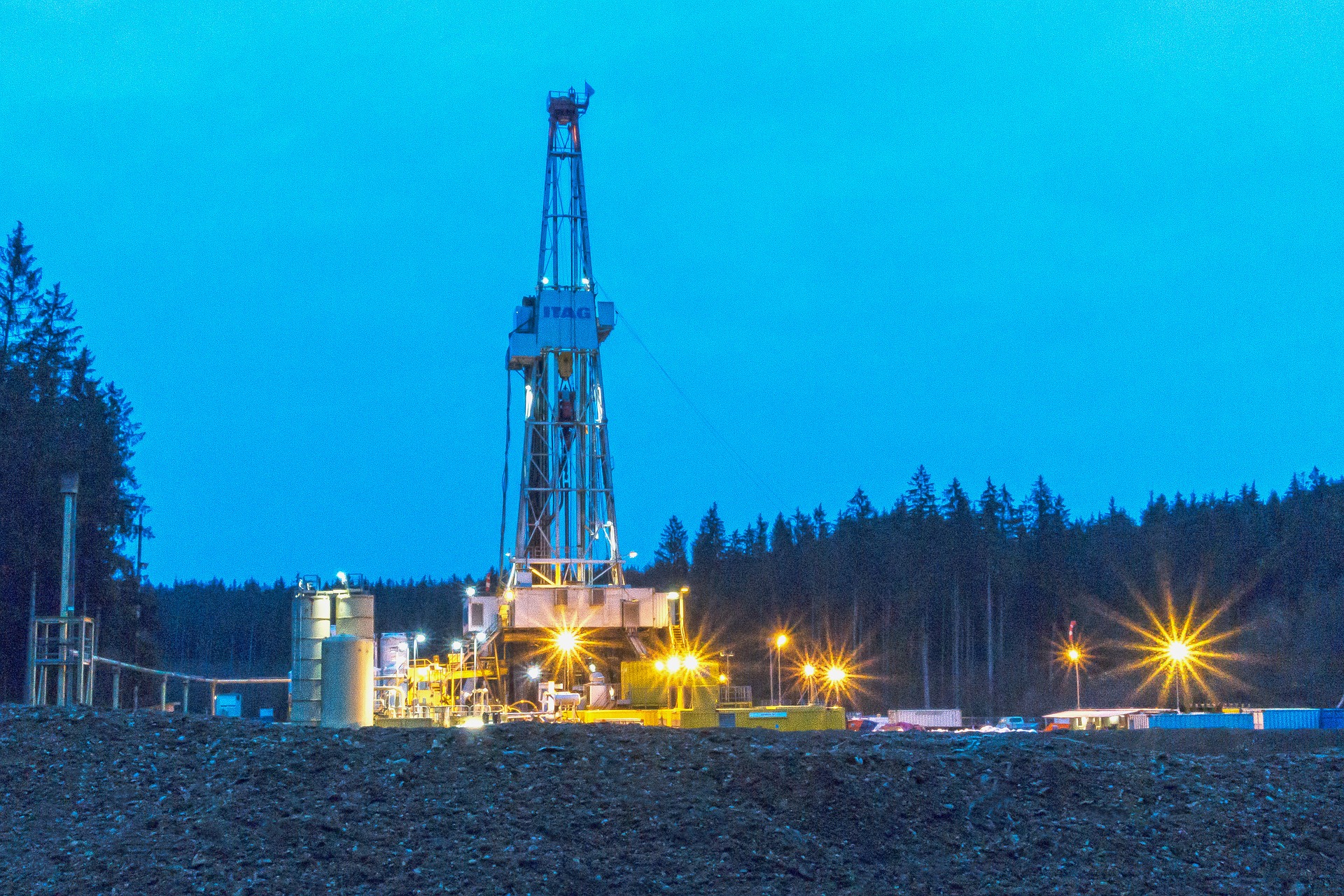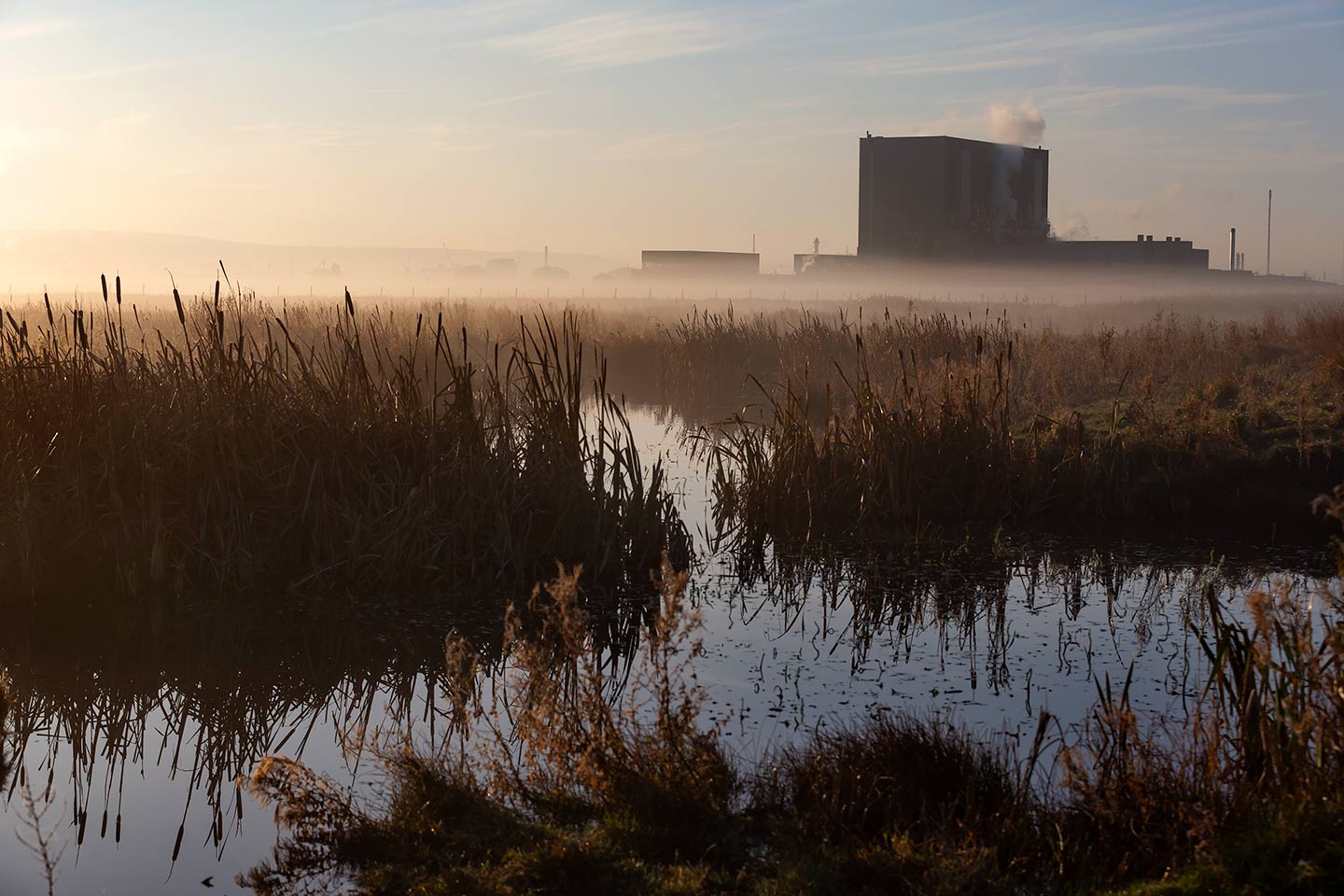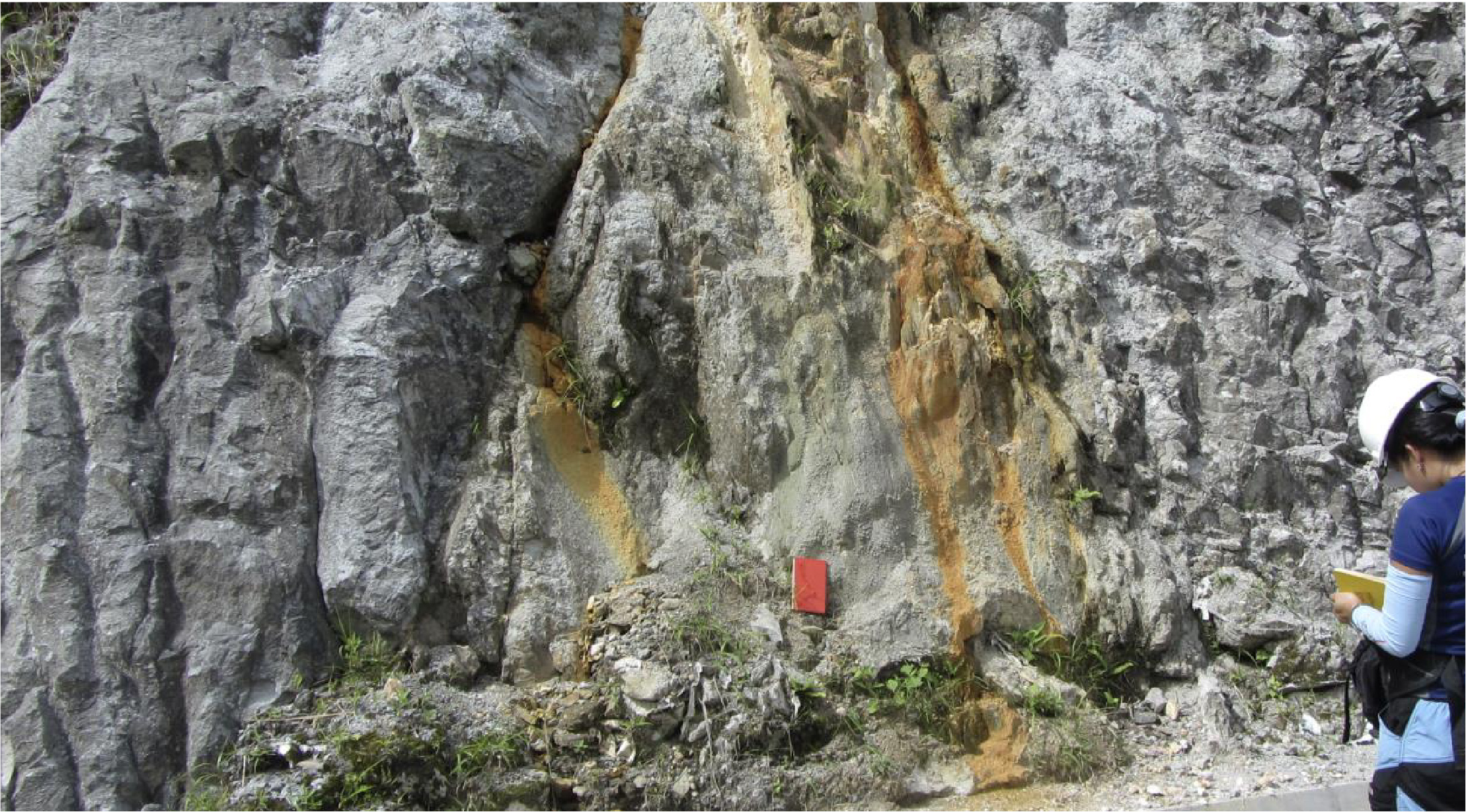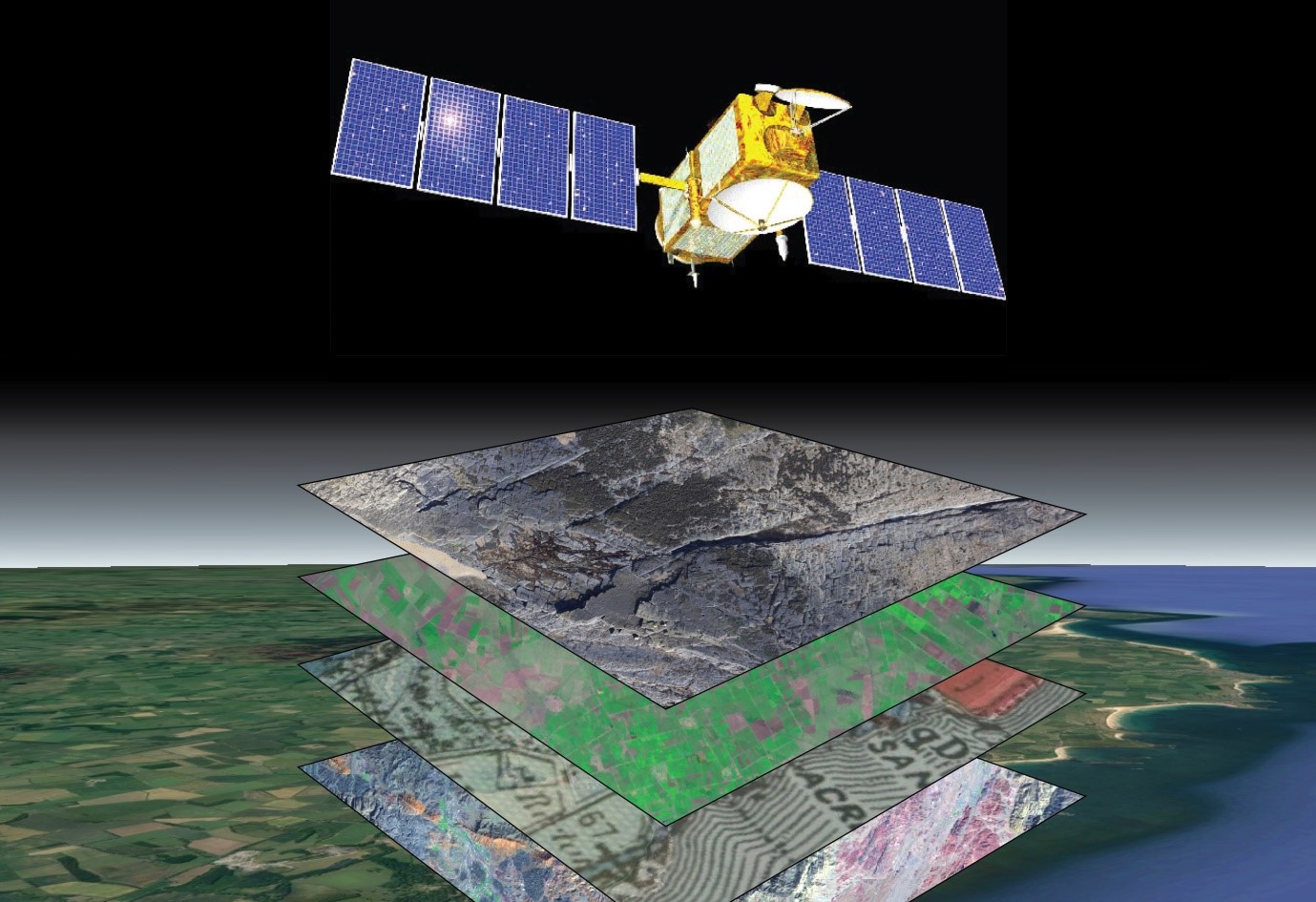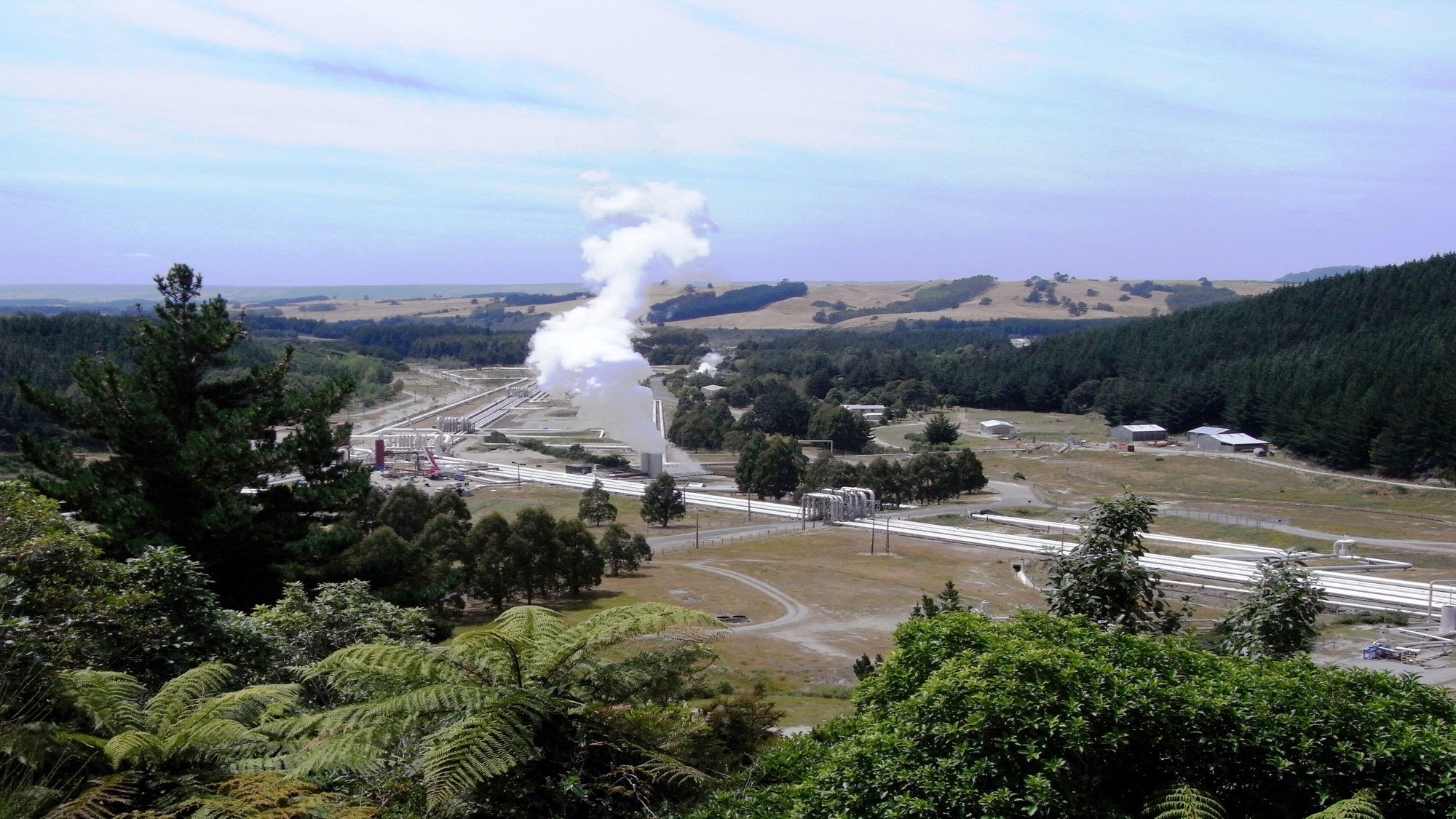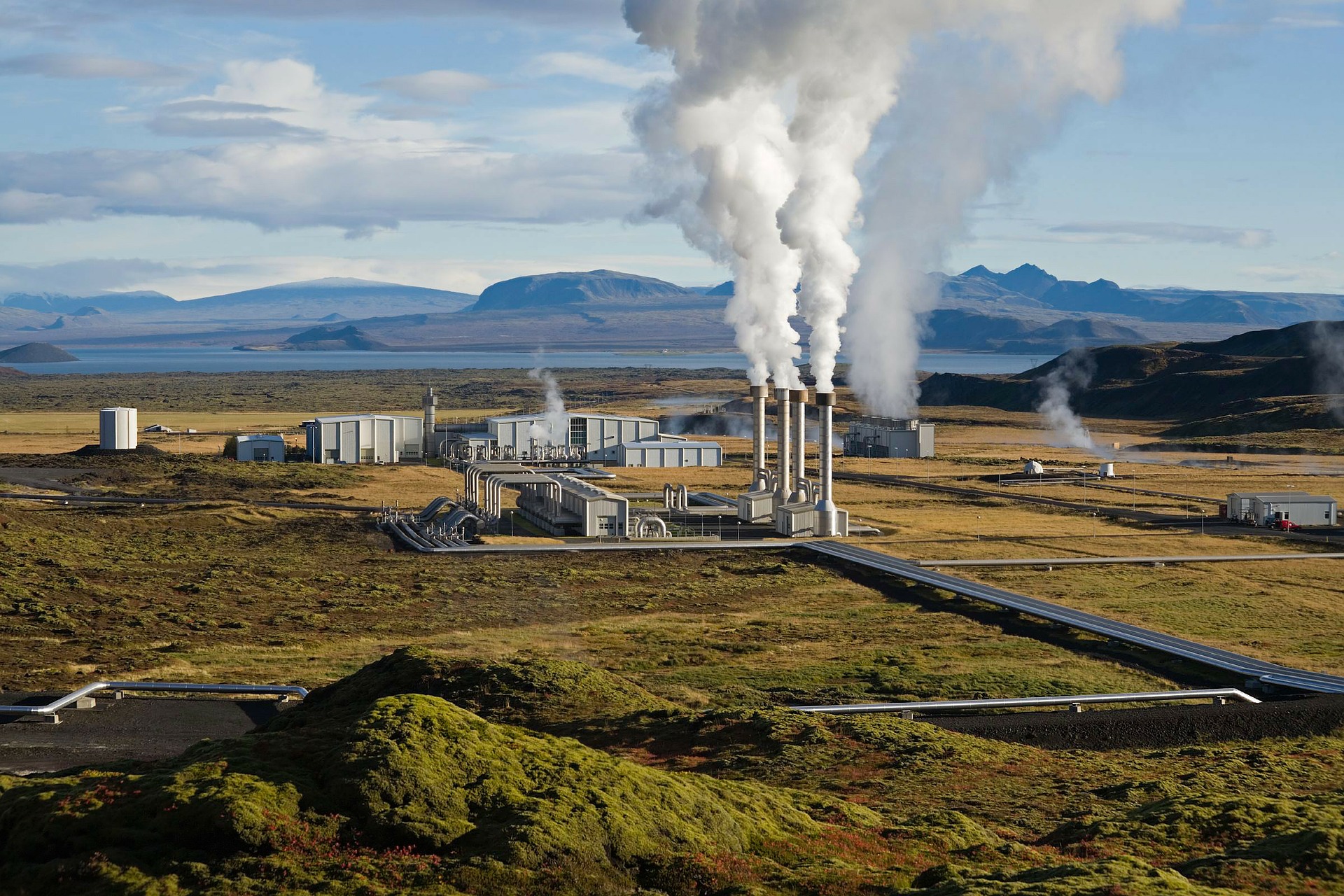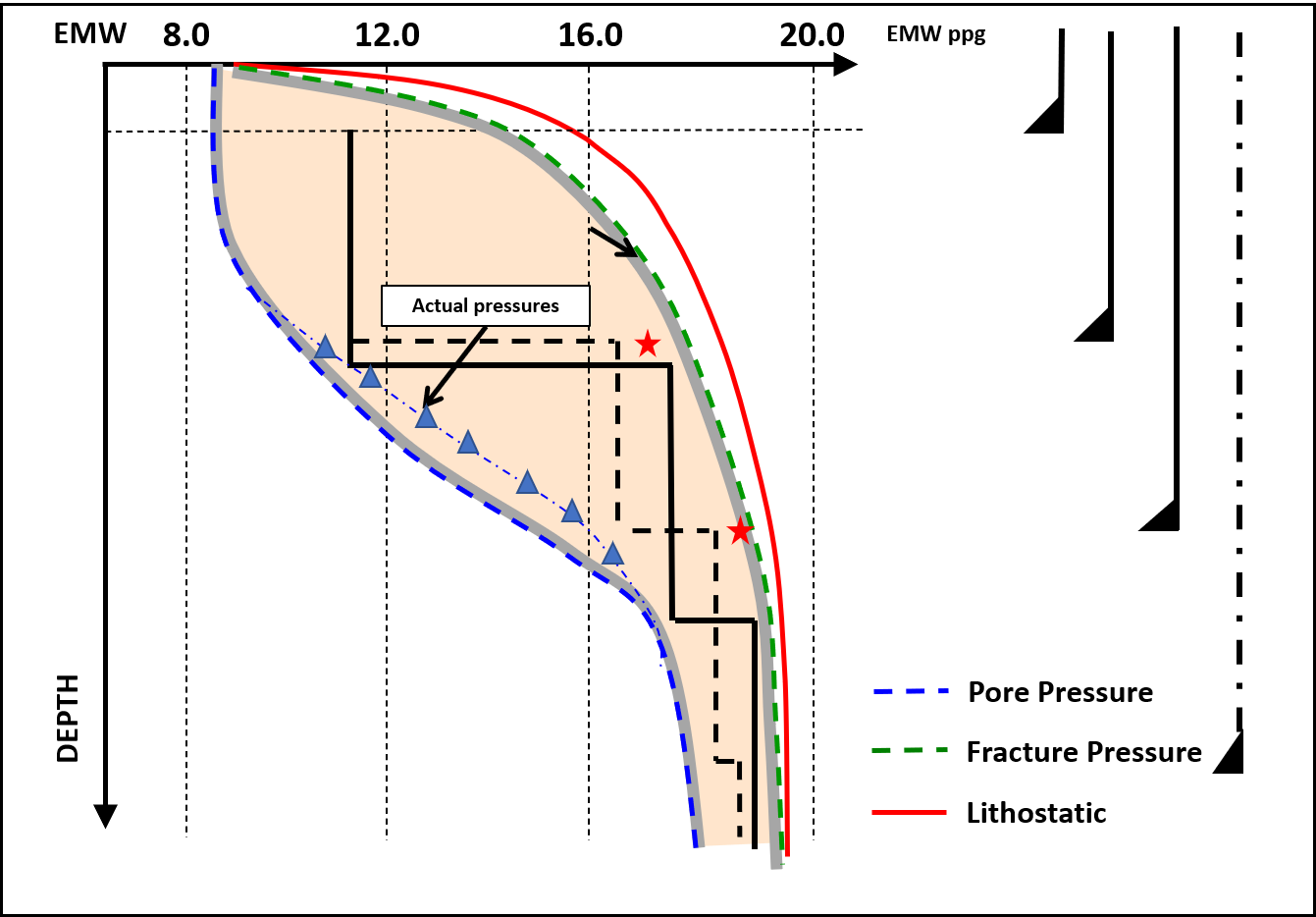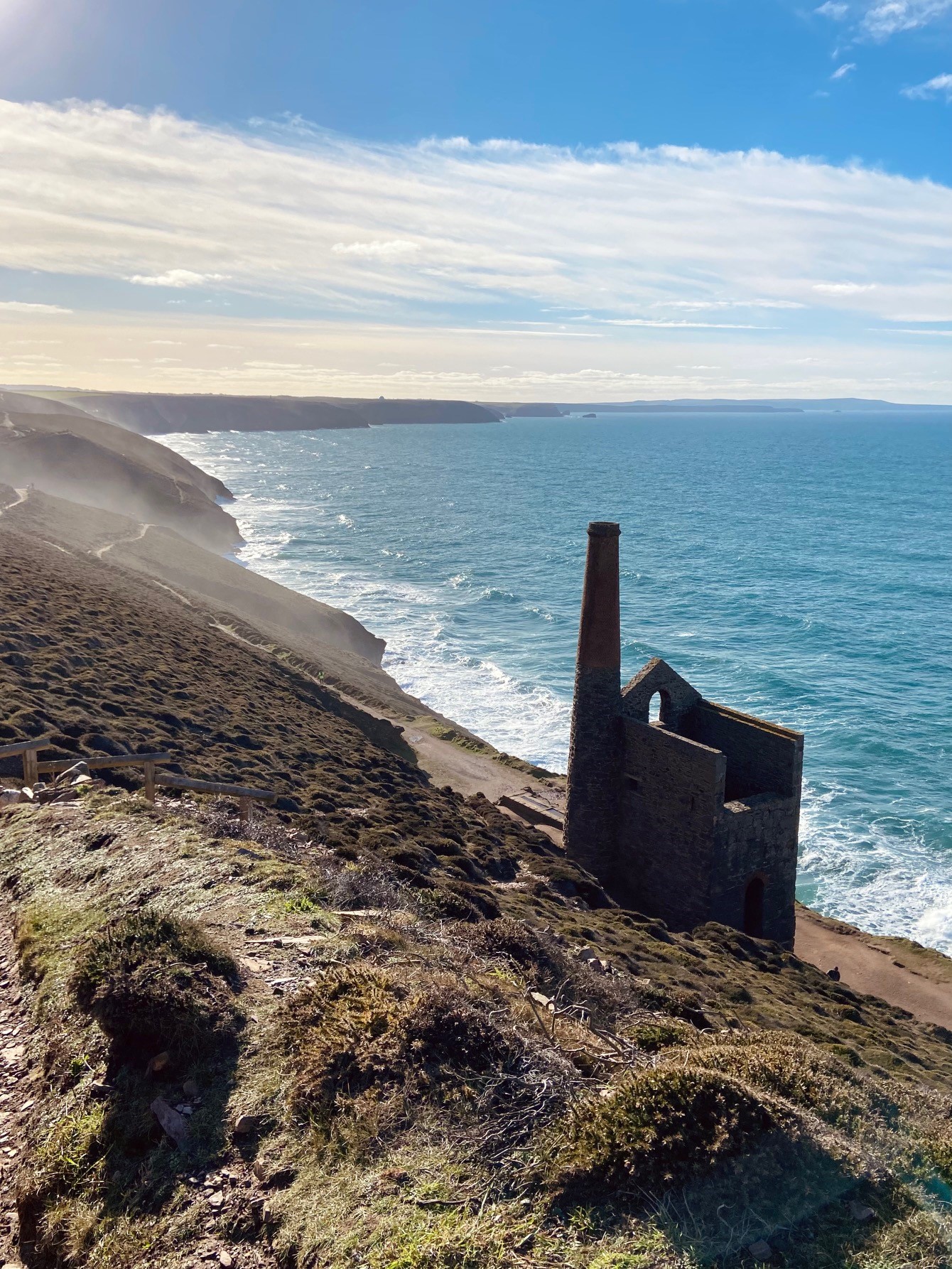Tutor(s)
Alistair Donohew: Director, Kovia Consulting Ltd.
Richard Swarbrick: Manager, Swarbrick GeoPressure.
Overview
Cornwall is exceptionally rich in geological resource and is emerging as an important location for developing new technologies in the UK transition to a Net Zero economy. This course provides a snapshot of several operational and demonstration GeoEnergy Transition projects, as well as visits to associated traditional Cornish outcrops and rejuvenated mining operations. Examples of specific projects to be investigated include a deep geothermal energy site and a critical mineral (lithium) extraction site. Participants will also investigate sites previously considered for deep storage of nuclear waste and locations associated with low enthalpy energy from mine waters. Participants will gain a practical and technical understanding of several geoenergy projects and should be able to apply this learning to other geological locations worldwide.
Duration and Logistics
A 6-day field course with a combination of field activities and exercises, plus classroom sessions.
Level and Audience
Fundamental. This course is intended for technical professionals working in related sectors. Participants will be shown the context and challenges for developing low carbon technologies for energy, as well as the parallel examination of surface renewable energy technologies.
Exertion Level
This class requires an EASY exertion level. Field locations are mainly accessed by a short walk of less than 1 mile (1.6km) along coastal paths or on sandy / cobbled beaches. Other field stops include working industrial sites (e.g. quarries).
Objectives
You will learn to:
- Describe and explain the geoenergy resource potential of Cornwall.
- Characterize ideal locations and explain technical factors that affect different resource potentials.
- Describe how wider factors can affect feasibility of certain geoenergy resources, including the environmental, social and economic (political and commercial) factors.
- Evaluate strategic choices for local and regional policy makers, as well as landowners and investors.

